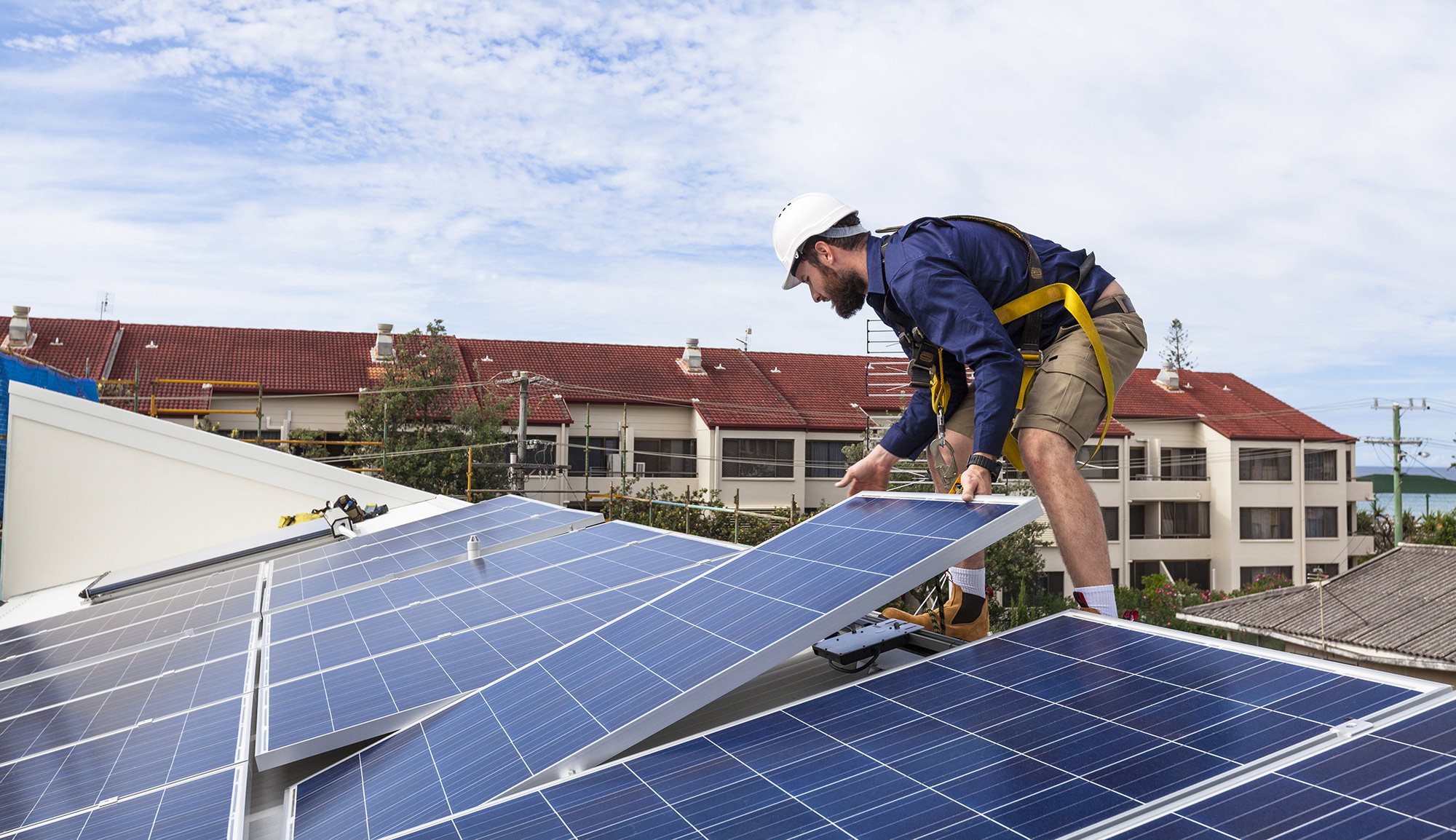
Making ethanol from corn is the least efficient use of farmland
Corn is the #1 crop grown on US farms. Most of it is used to make gasoline-additive ethanol. Solar is the much smarter option.

Corn is the #1 crop grown on US farms. Most of it is used to make gasoline-additive ethanol. Solar is the much smarter option.

The truth is that solar panels are made almost entirely with abundant, earth-friendly materials like glass, aluminum, copper, and silicon. However, as the market for

Solar needs subsidies to survive. Solar energy is diffuse and requires too much land. Rooftop solar will raise prices on low-income families. Retired solar panels

Renewable energy technologies like solar, hydro, and wind require a lot of land. But, how does their impact compare to coal, nuclear, and natural gas?

Will your neighbor’s solar panels make your electric bill higher? We take a look at the research, data, and regulatory options behind the growing debate on the real cost impact of rooftop solar.

This is the second in our series. See part 1 here: Myth busting the crazy politics of clean energy: Is Solyndra proof that the US shouldn’t

As solar power continues its rapid growth, will its large land requirements crowd out land otherwise needed for agriculture, farms, and pastures?

Will growing demand for solar panels put pressure on commodity supply chains, driving up costs, and even disrupting other industries? Not even close.

Energy from the wind and sun is intermittent and often unpredictable. Critics point to this as the fatal flaw of renewable energy and the reason electricity prices rose in places aggressively adopting it. Is this true?

As solar continues to increase its share of global energy production, people are starting to wonder what we’ll do with all the panels when they reach their end of life. How big a problem will this become?

Critics claim that there simply isn’t enough land in the U.S. to power the country with solar. We dig through the numbers to reveal an answer that might surprise you.
© 2021 All rights reserved